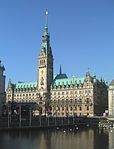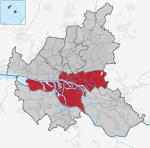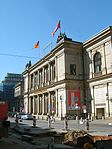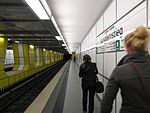Rathausmarkt
Hamburg-MitteSquares in HamburgTourist attractions in Hamburg
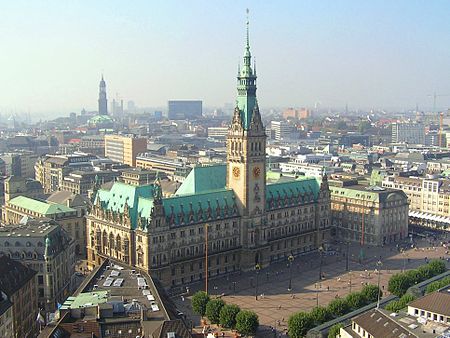
Rathausmarkt (lit. City Hall Marketplace) is the central square of Hamburg, Germany, located in the Altstadt (old town) quarter right in front of the Hamburg Rathaus. Framed by shopping arcades of Alsterarkaden at Alsterfleet, there are many events taking place here, amongst them open air cinema in summer, the Stuttgarter Weindorf (Stuttgart wine village), the music festival of Rockspektakel, and the Christmas market in December.
Excerpt from the Wikipedia article Rathausmarkt (License: CC BY-SA 3.0, Authors, Images).Rathausmarkt
City Hall Marketplace, Hamburg Altstadt
Geographical coordinates (GPS) Address Nearby Places Show on map
Geographical coordinates (GPS)
| Latitude | Longitude |
|---|---|
| N 53.5508 ° | E 9.9931 ° |
Address
L'Italiana
City Hall Marketplace
20095 Hamburg, Altstadt
Germany
Open on Google Maps
Experiences
Is this place worth visiting?
I really enjoyed visiting this beautiful city!
September 26, 2022Tina




